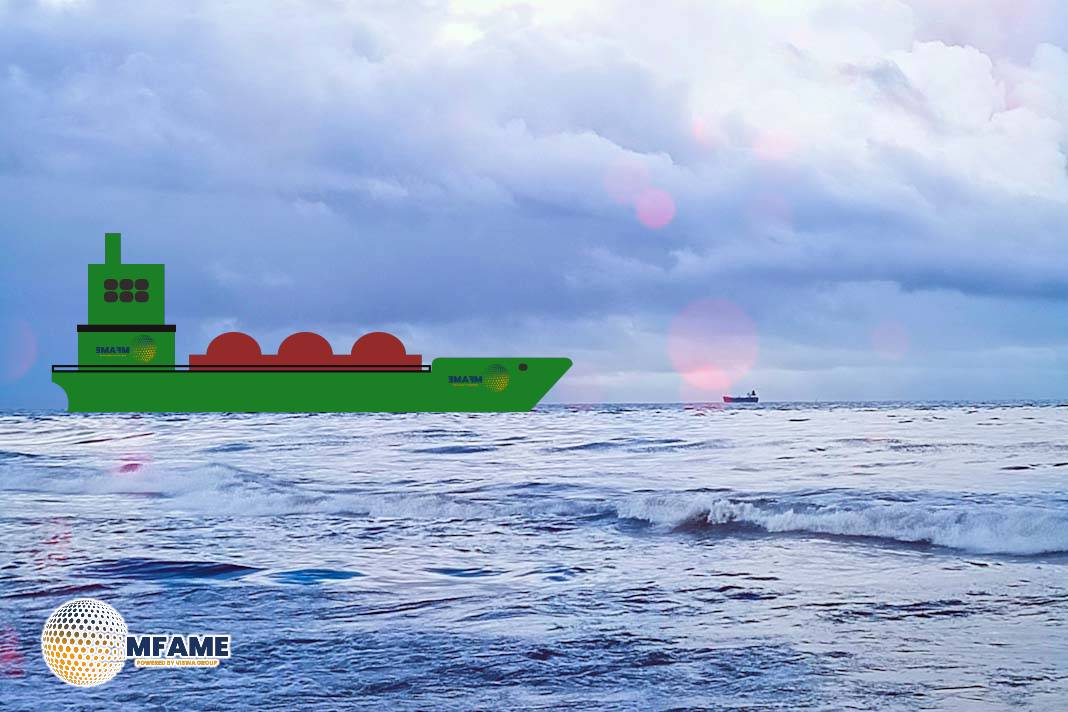 The very large crude carrier (VLCC) market is entering 2025 with strong fundamentals. With only one new VLCC delivered last year and just six expected this year, supply growth remains muted.
The very large crude carrier (VLCC) market is entering 2025 with strong fundamentals. With only one new VLCC delivered last year and just six expected this year, supply growth remains muted.
At the same time, rising crude exports from the US, Brazil, and Guyana are pushing long-haul tanker demand higher, setting the stage for a robust outlook despite global uncertainties.
Tight VLCC Supply Meets Growing Trade Demand
Figures from New York-based shipbroker Poten show the VLCC orderbook accounts for just under 12% of the fleet over the next 4–5 years, well below the 19% and 17% orderbook shares for Suezmax and Aframax/LR2 sectors, respectively.
On the demand side, OPEC+ is scaling back production cuts, while several Asian and European buyers are increasing crude purchases from the US Gulf, translating into higher VLCC utilization.
Brazil has also ramped up VLCC employment for its exports, and Guyana’s rising production could add further stems. Should geopolitical tensions ease, including sanctions relief for Russia, trade flows may further boost the sector.
Shifting Earnings Trends Across Tanker Segments
Poten’s analysis of tanker earnings highlights how smaller tankers outperformed during the recent disruption. Between 2009–2021, Suezmaxes earned an average of 64% of VLCC rates on a timecharter equivalent basis, while Aframax rates averaged 51%. However, after Russia’s invasion of Ukraine, Suezmax earnings rose to 84% of VLCC levels, and Aframax tankers temporarily outperformed both larger sectors.
This imbalance spurred fresh orders in the smaller tanker categories, but new deliveries and pressure from sanctions are now tempering their earnings. In contrast, limited VLCC deliveries and solid demand fundamentals continue to underpin the sector’s relative strength.
The VLCC market appears well-positioned heading into 2025, with tight fleet growth and rising long-haul demand creating favorable conditions. While Aframax and Suezmax tankers benefited in the short term from geopolitical disruptions, new tonnage is softening their rate environment. By contrast, VLCCs are emerging as the primary beneficiaries of a shifting energy trade map, particularly as US, Brazilian, and Guyanese exports expand.
Did you subscribe to our Daily newsletter?
It’s Free! Click here to Subscribe!
Source: Seatrade Maritime


















